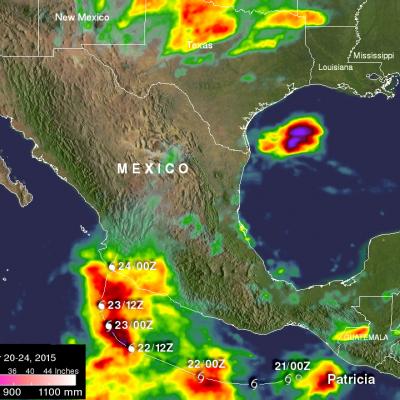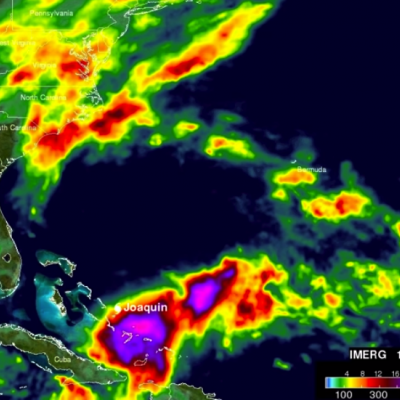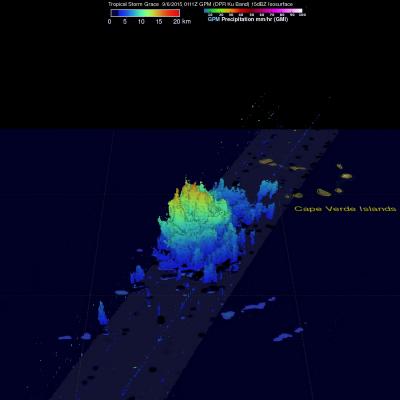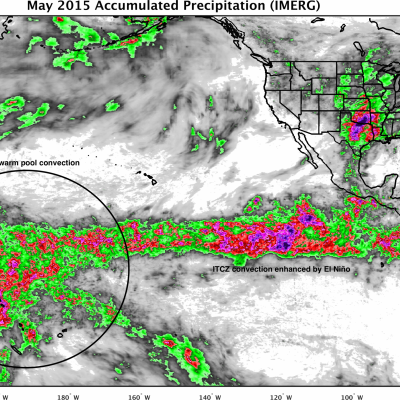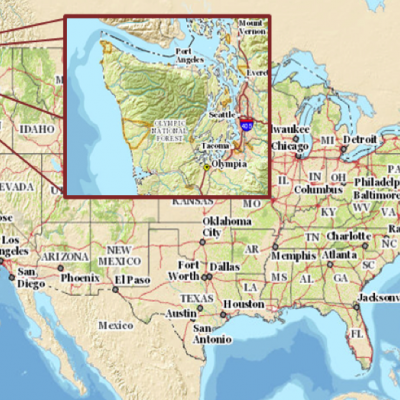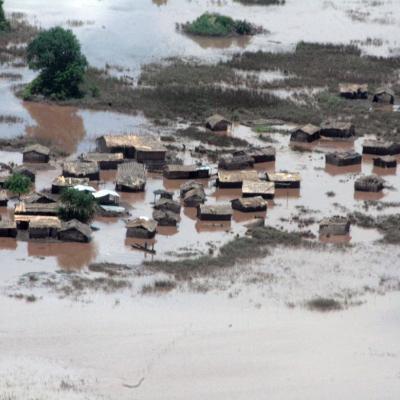GPM Transitioning its Web-based Global Displays
What: Google Earth access for near-realtime IMERG and 3B42 KML files will be replaced by an updated service for viewing precipitation data in near-real time on a 3D virtual globe using Cesium ( https://cesiumjs.org/). When: The current plan is to make the cut-over to the new Cesium-based service on or about October 16, 2016. Why: The evolution of network policies and applications prevents continued GPM use of Google Earth. Note: If you wish to continue using KML files with a non-Google Earth client, please contact the Precipitation Measurement Missions at: https://pmm.nasa.gov/contact


